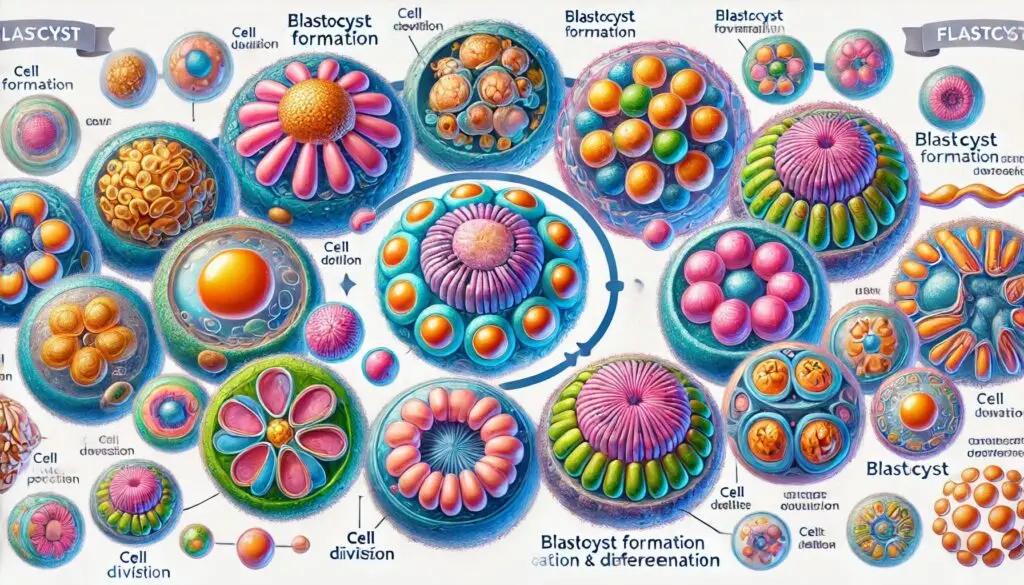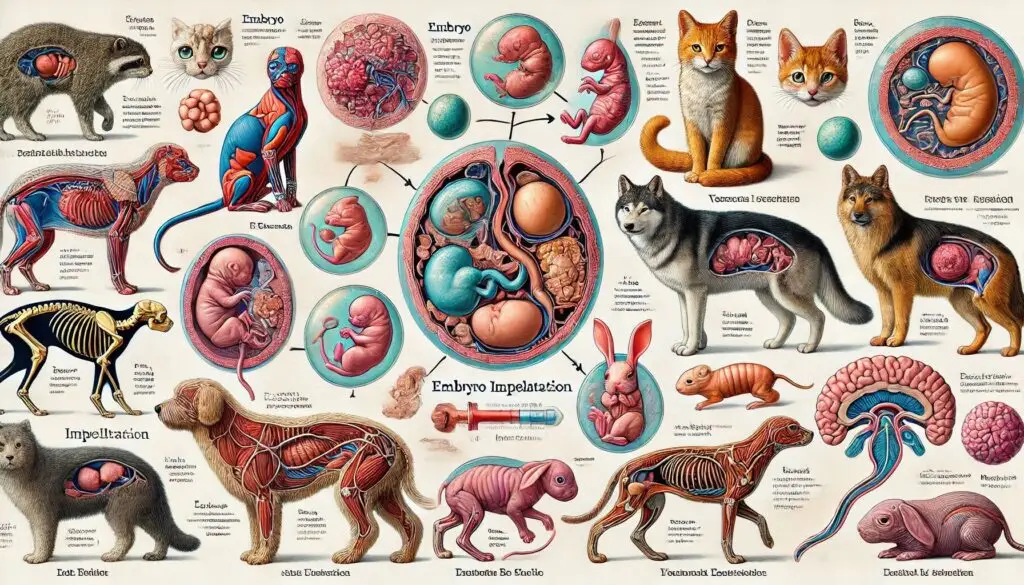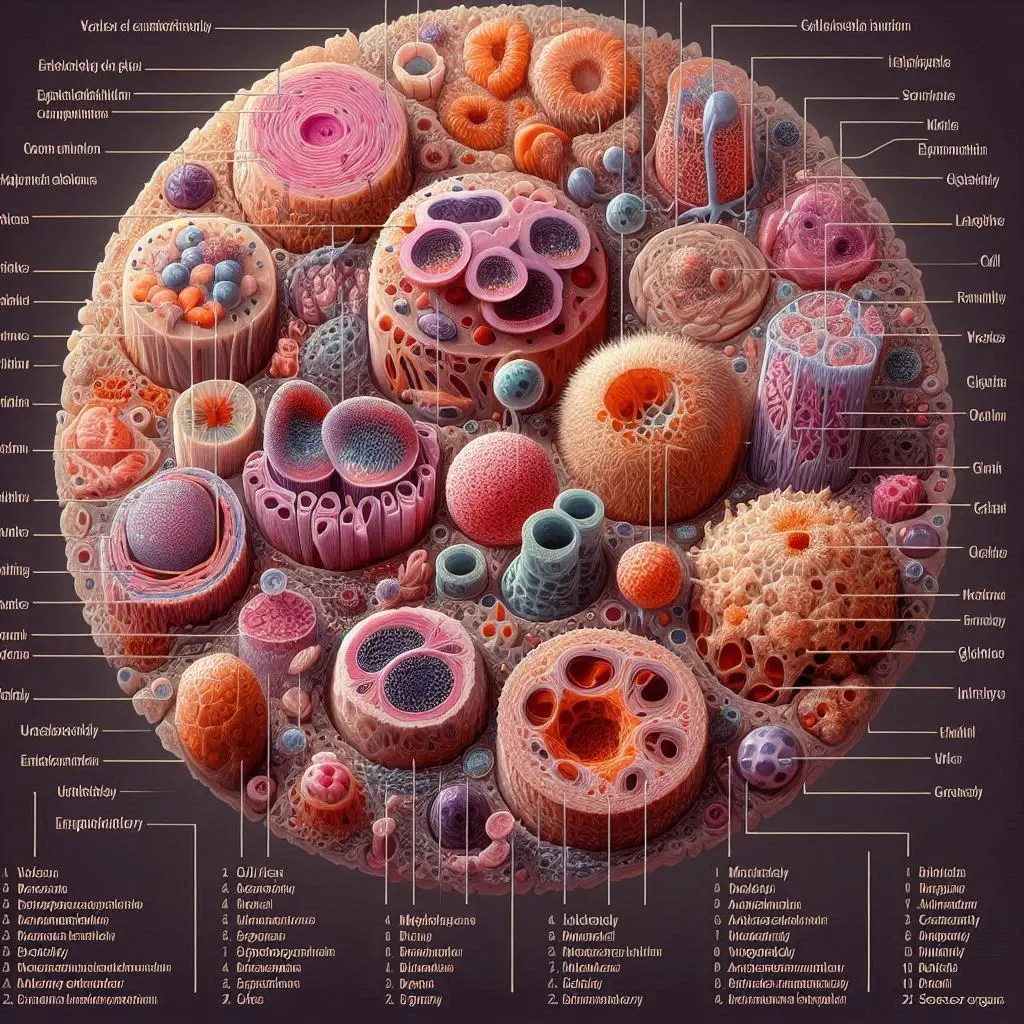Blastocyst Formation

Introduction to Blastocyst Formation
Blastocyst formation is a vital process in early embryonic development. After fertilization, the zygote undergoes a series of divisions and transformations. This article delves into the stages of blastocyst formation, its significance, and its implications in reproductive health.
What is a Blastocyst?
A blastocyst is a hollow structure formed during the early stages of mammalian embryonic development. It consists of an outer layer called the trophoblast and an inner cell mass (ICM). The trophoblast eventually develops into the placenta, while the ICM forms the embryo itself. This stage occurs approximately five to six days after fertilization.
Structure of the Blastocyst
The blastocyst has distinct features:
- Trophoblast: This outer layer helps in implantation and forms part of the placenta.
- Inner Cell Mass (ICM): This group of cells will differentiate into all tissues of the embryo.
- Blastocoel: The fluid-filled cavity that provides space for cell differentiation.
Understanding these components is crucial for grasping how embryos develop and implant into the uterus.
Stages of Blastocyst Formation
1. Fertilization
Fertilization marks the beginning of life. A sperm cell fuses with an egg cell to form a zygote. This single-celled structure contains genetic material from both parents and is crucial for subsequent development.
2. Cleavage Stage
After fertilization, the zygote undergoes rapid cell division known as cleavage. This process leads to the formation of multiple cells called blastomeres. The cleavage progresses through several stages:
- 2-cell stage
- 4-cell stage
- 8-cell stage
- 16-cell stage (morula)
During this phase, cells do not grow in size but divide repeatedly.
3. Morula Formation
The morula is a solid ball of cells formed by cleavage. At this stage, cells begin to compact and form tight junctions with one another. This compaction is essential for creating distinct layers within the embryo.
4. Blastulation
Blastulation is where significant changes occur. Fluid begins to accumulate inside the morula, forming a cavity known as the blastocoel. As this cavity expands, it transforms the morula into a blastocyst.
5. Implantation Preparation
Once formed, the blastocyst prepares for implantation into the uterine wall. It must hatch from its protective zona pellucida before embedding itself into the endometrium.
Importance of Blastocyst Formation
Role in Reproductive Health
Blastocyst formation plays a critical role in reproductive health and fertility treatments like in vitro fertilization (IVF). Understanding this process helps improve implantation success rates.
Stem Cell Research
The inner cell mass contains embryonic stem cells, which are valuable for research in regenerative medicine and tissue replacement therapies . These stem cells can differentiate into various cell types, offering potential treatments for numerous diseases.
Conclusion
In summary, blastocyst formation is a complex yet fascinating process that marks a significant transition from a single-celled zygote to a multi-cellular structure ready for implantation. Understanding this process not only sheds light on human development but also opens avenues for advancements in reproductive health and medical research.
More from Veterinary Anatomy:
Pancreas






Responses